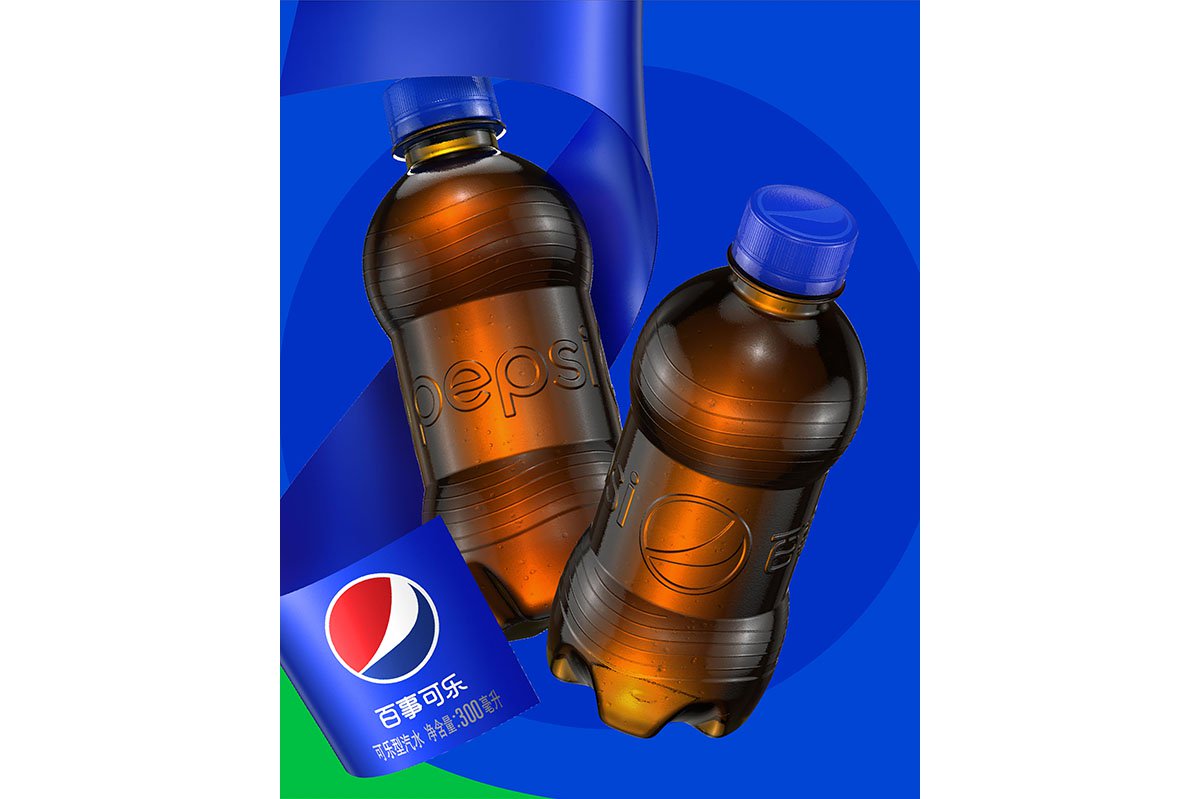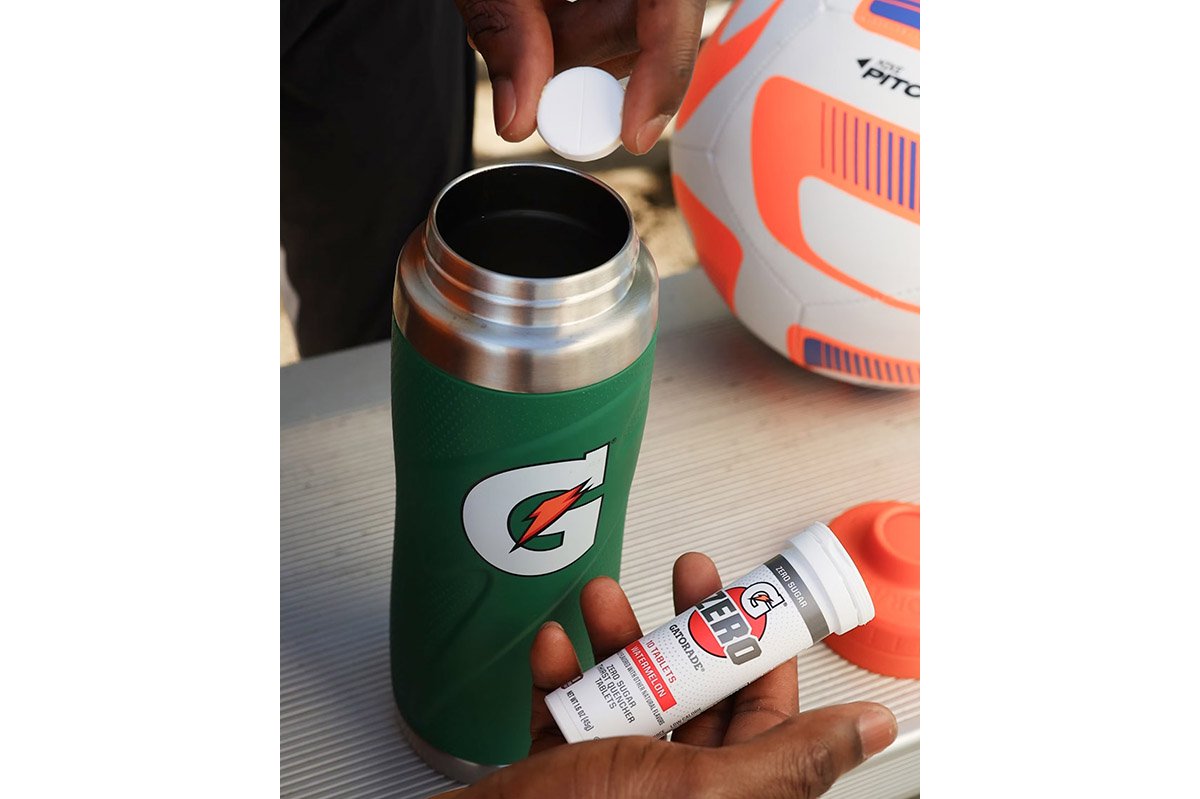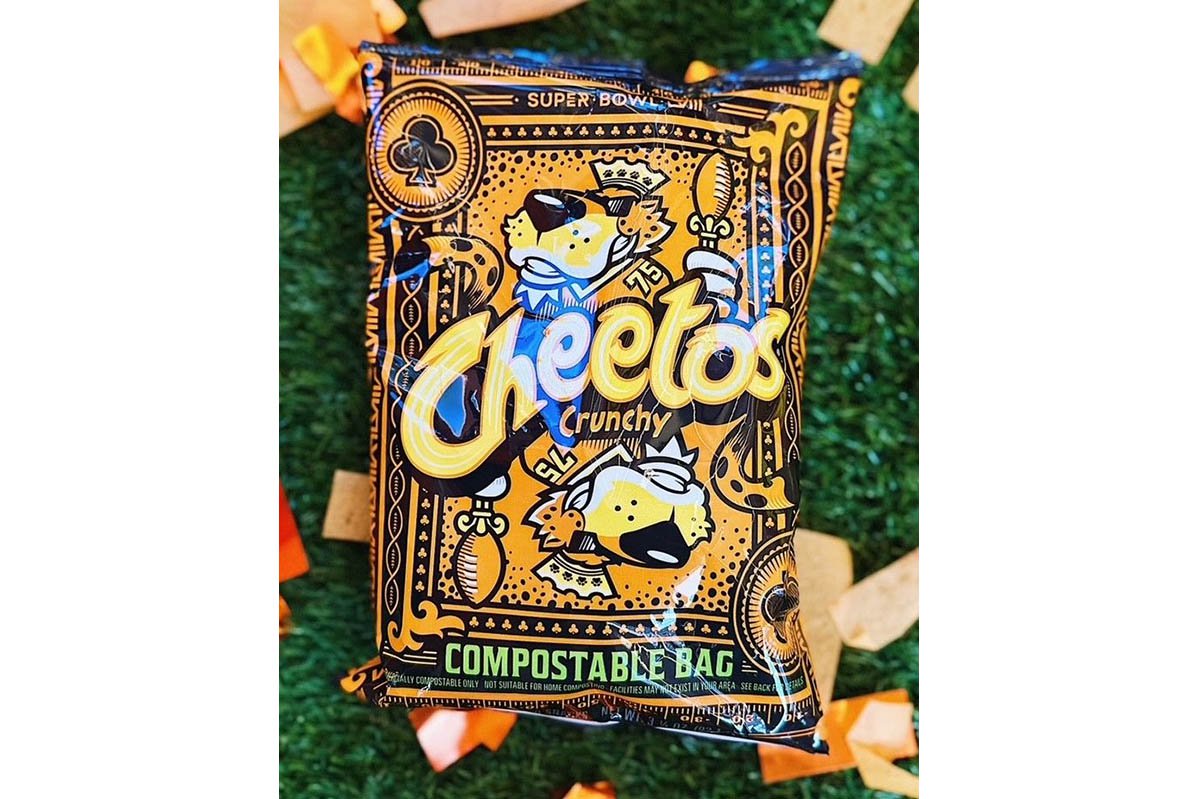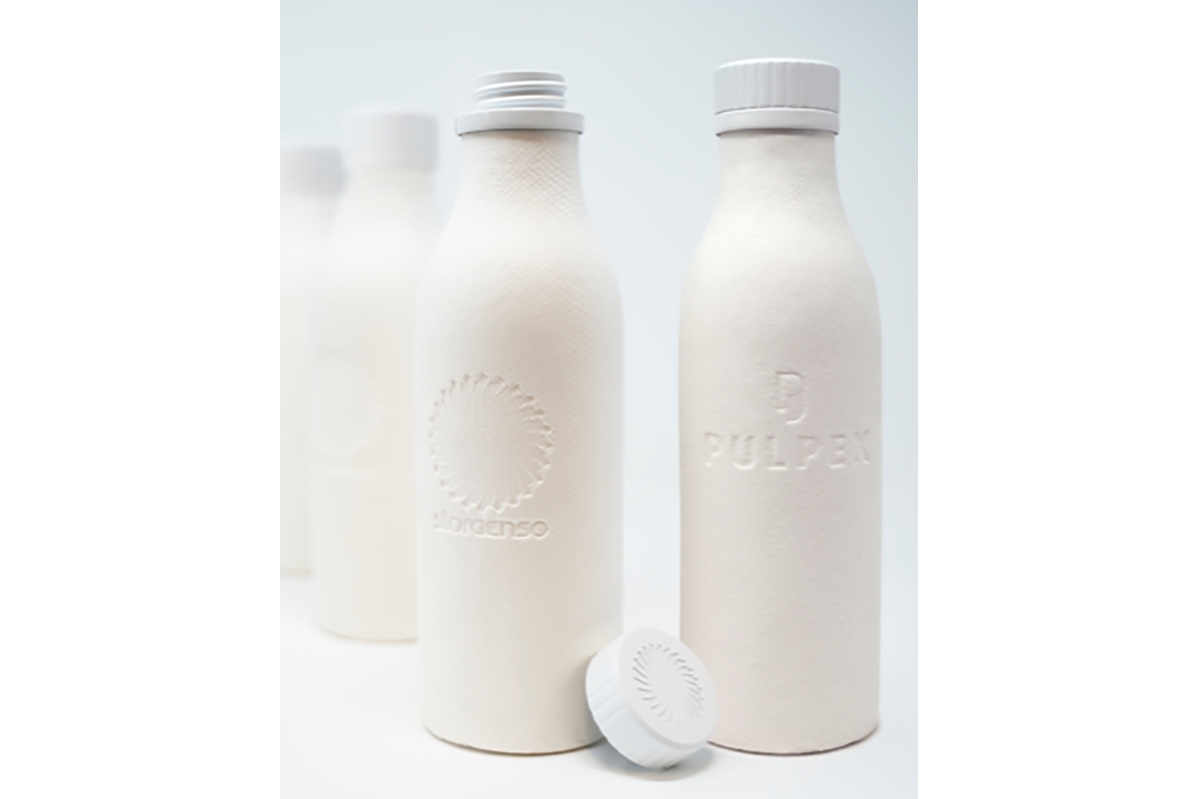The boldest new ideas in food and drink packaging design aren't striking logos or vibrant colors. They are bottles and bags constructed of entirely new materials and ways to reuse packaging to create circular models. And PepsiCo is innovating to make these ideas a reality.
“Packaging is crucial because it's how we get our foods and drinks to consumers safely and keep our ingredients fresh,” says Ron Khan, Vice President of Beverage Packaging at PepsiCo. But Ron sees a world where it's also more sustainable.
“We want to create a circular model for our packages, where once a consumer is done using one, the materials are reborn as either another package or something else usable,” says Prasad Joshi, Vice President of Global Foods Packaging at PepsiCo. “To do that, we need to have a singular vision: There is no other way.”
Ron and Prasad are leading teams who are developing the solutions helping to drive progress toward the company's pep+ (PepsiCo Positive) packaging goals. Their designs aim to reduce the amount of packaging the company uses, ensure that more is recyclable, and reinvent the ways people can consume PepsiCo products.
Take a closer look at some of the ways PepsiCo is working to make packaging more sustainable:
Redesigning packaging to use less plastic
One challenge PepsiCo’s R&D teams are addressing: reducing the amount of plastic packaging used for PepsiCo’s foods and drinks. The company has pared down the thickness of plastic bottles, chip bags and snack wrappers. In China and South Korea, franchise bottlers have removed the need for plastic labels entirely by stamping the Pepsi logo directly on the bottle. In North America, PepsiCo is swapping plastic rings for paper on beverage multipacks. In the U.K., Quaker porridge pots are made with paper pulp and Walkers Baked and Snack A Jacks have launched paper outer bags for multipacks. The company estimates that its efforts to reduce the amount of packaging used could help eliminate 400,000 metric tons of virgin plastic by 2030.

Label-free Pepsi bottles
Launching opportunities to refill and reuse
Extending the life cycle of bottles reduces the need to create new ones. PepsiCo has established returnable bottle systems for both plastic and glass in markets such as Mexico and Spain to show the effectiveness of this strategy. "Bottles go to market, consumers buy, drink and return them, and we wash and refill them,” Ron explains. “So we're expanding the life cycle of each bottle we make and reducing waste.” Returnable glass bottles can be reused approximately 20 times and plastic roughly 12. Extending a bottle's life cycle also decreases its carbon footprint compared to single-use options.
PepsiCo is also providing more choices for people to make drinks in their own reusable bottles through solutions like SodaStream's homemade sparkling water business and the expanded sale of Gatorade powders and tablets throughout North America. “We see this as a huge opportunity,” Ron says, “because you're fitting what was once a case of liquid in a very small package.” The company aims to deliver 20% of its beverage servings via reusable methods by 2030.

Gatorade tablets
Converting emissions into bottles
PepsiCo teamed with startup LanzaTech to capture carbon from industrial plants before it enters the atmosphere and convert that gas into the molecules needed to create plastic. “This is a very unique technology that allows us to make bottles without extracting fossil fuels, which is incredibly exciting,” Ron says. The method also reduces greenhouse gas emissions by approximately 10% compared to virgin plastic. PepsiCo bottlers trialed this process in Mexico last year, and there are plans to launch in other countries.
Testing breakthroughs in compostable foods packaging
Frito-Lay released the world's first industrially compostable chip bag in 2010 and has continued to evolve since. In 2021, Off The Eaten Path piloted industrially compostable bags for select flavors. Frito-Lay has brought industrially compostable Lay's, Doritos and Cheetos bags to Coachella and the Super Bowl in recent years. R&D experts continue to test and learn new capabilities at PepsiCo's Greenhouse Learning Center in Plano, Texas, with the goal of fast-tracking more sustainable packaging innovations. “These are breakthroughs that could have so many positive implications,” Prasad says.

Industrially compostable Cheetos bag trialed at Super Bowl LVIII
Inventing new approaches like the world's first 100% recyclable paper bottle
“It's rare to find opportunities to truly change the way we do packaging and disrupt the industry,” Ron says, but he believes PepsiCo's partnership with Pulpex is a prime example. Together, the teams are trying to develop the world's first 100% recyclable paper bottle. Made from a mixture of sustainable wood pulp that is blended, molded and dried to give it strength and prevent leaks, these bottles would be able to flow directly into the paper recycling stream. The bottles are still being tested, Ron says, but “if we can create bottles made out of paper, a renewable resource, the advantages would be huge. That's our motivation to come up with completely new ways of doing things.”

Pulpex bottles